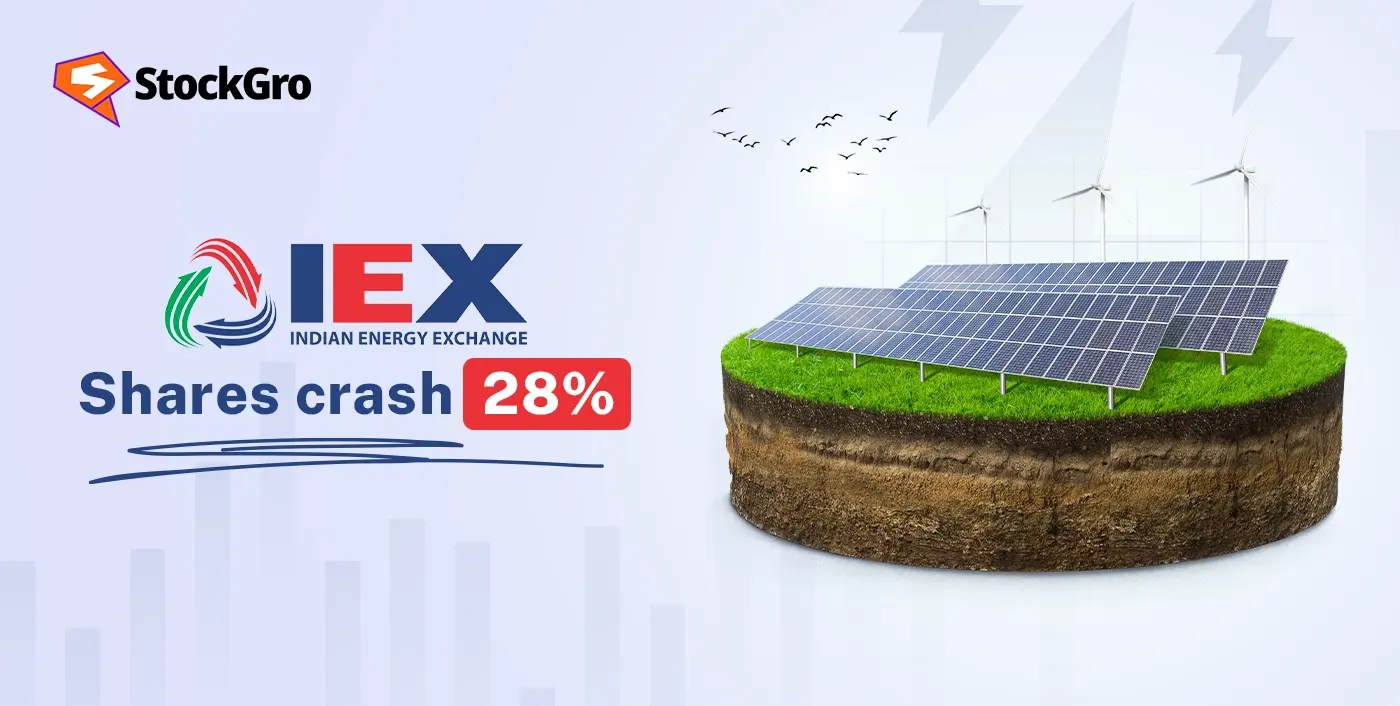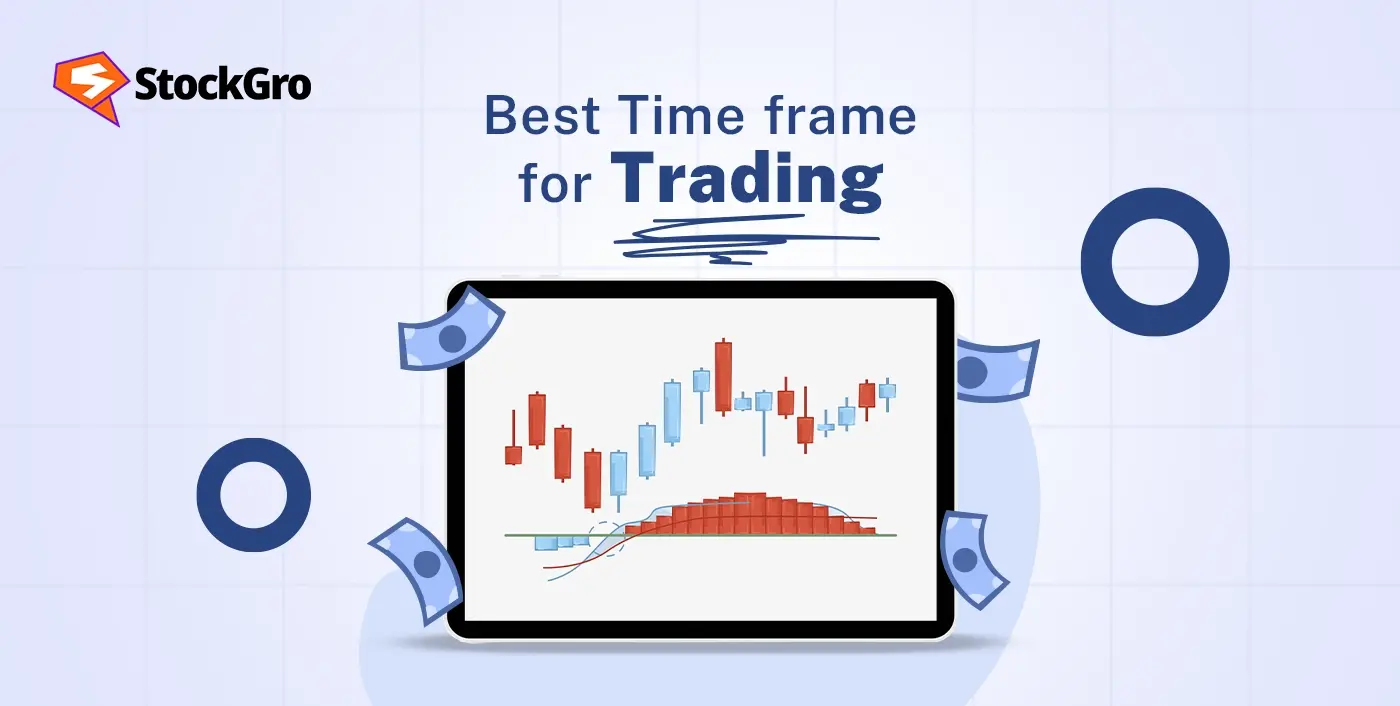
On Thursday, July 24, 2025, shares of Indian Energy Exchange Ltd. (IEX) crashed by 28%, reaching a 52-week low of ₹135.30. This sharp decline followed the announcement from the Central Electricity Regulatory Commission (CERC) about the implementation of market coupling in India’s electricity sector, starting with the Day-Ahead Market (DAM) in January 2026.
What Is Market Coupling and Why Does It Matter for IEX?
Market coupling is a process that aggregates bids from different exchanges to set a single, uniform price. It ensures that the most efficient bids from all platforms determine a common rate, regardless of where they originate. This system aims to harmonise electricity prices across different regions and platforms.
Here’s what this means:
- No single exchange (including IEX) will control the price discovery process.
- Multiple exchanges will rotate as Market Coupling Operators (MCOs).
- This system aims to reduce price disparities, improve grid efficiency, and level the playing field.
While it sounds good for consumers and overall market transparency, it poses direct challenges to IEX’s business model—which has thrived on being the price discovery leader with over 90% market share in the DAM and Real-Time Market (RTM).
Also read: Why Eternal’s Profits Fell But Its Stock Price Rose Despite the Plunge?
Why Is IEX Share Price Falling?
The approval for market coupling hit IEX shares hard. The company’s stock price tumbled to its lower circuit limit, and the drop was magnified by uncertainty over how these regulatory changes would impact IEX’s market dominance.
The sharp fall in the IEX share price reflects investor anxiety over:
- Loss of pricing power in DAM due to centralized market coupling.
- Pressure on transaction margins as competition from other exchanges intensifies.
- Reduced monopoly in a segment that has historically been IEX’s stronghold.
- Ambiguity around revenue visibility, especially with its earnings for Q1FY26 scheduled on the same day.
Why Are Investors Worried About Market Coupling?
Market coupling is designed to unify the price discovery process, and it will likely reduce the pricing power that IEX currently enjoys. The key concerns from investors include:
- Shrinking margins: IEX may be forced to cut transaction charges to retain volumes.
- Revenue compression: If pricing is centralised, revenue tied to price discovery declines.
- Loss of dominance: Other exchanges may now be able to gain market share more easily.
With market coupling, IEX will have to compete on factors like transaction charges, which could decrease due to the new competitive environment.
You may also read: HDFC Bank Delivers Strong Q1 Performance Amid Rising Costs
IEX’s Next Steps: Can It Adapt?
While the current sentiment is cautious, this isn’t the end of the road for Indian Energy Exchange. The company still holds a strong network effect, a robust technology platform, and deep industry relationships. However, survival will depend on strategic adaptation.
Here’s what IEX can consider:
- Diversifying revenue streams beyond DAM and RTM
- Strengthening product offerings like longer-duration contracts
- Leveraging data and analytics as service revenue
- Building strategic partnerships or acquiring smaller exchanges
- Offering competitive transaction fee structures
The next two quarters will be crucial in assessing how the company plans to realign itself with the changing power market dynamics.
You may also like: Axis Bank Q1 FY26 Results: Profit Falls 4% on Rise in Bad Loans
Conclusion: Is This the End of IEX’s Dominance?
IEX shares saw a dramatic drop of 28% after the CERC approved market coupling in India’s electricity market. This regulatory shift marks a critical point for IEX, as its established model of price discovery faces disruption. While market coupling aims to improve transparency and efficiency, it raises serious questions about IEX’s future revenue streams and competitive positioning.
The coming months will test whether IEX can evolve from being just a market leader to becoming a market innovator.

